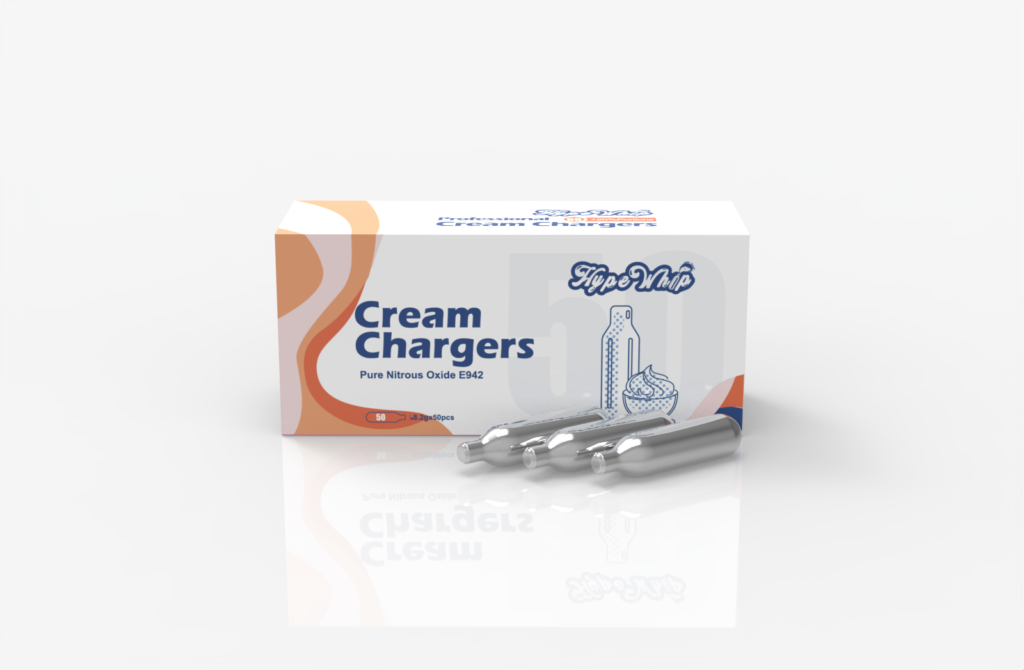The Impact of Cream Chargers on the Dairy Industry
The dairy industry has been a mainstay of global agriculture for centuries, producing a myriad of products that are integral

The production and distribution of whipped cream chargers, colloquially known as ‘nangs’, has grown into a significant sector within the global economy. This article aims to present an economic analysis of the industry, exploring the factors influencing production, distribution, and consumption.
‘Nangs’, or nitrous oxide chargers, are small stainless steel cylinders filled with highly pressurized nitrous oxide. They are primarily used in the food industry, especially in the production of whipped cream. It is worth noting that ‘nangs’ are legal to sell and buy for culinary purposes.
The production of nangs is a complex process requiring advanced machinery and rigorous safety protocols. The procedure involves the purification of nitrous oxide, its compression, and finally, loading into steel cartridges.
The economic implications of nang production are significant. The industry has created numerous jobs worldwide and involves high capital investment, largely due to the need for specialized equipment and compliance with safety regulations.
Once manufactured, nangs need to be distributed to retailers and consumers. Several variables affect the distribution process, including transportation costs, taxes, regional regulations, and market demand. BenChargers, a leading player in the nangs industry, has effectively managed these challenges, providing top-quality nangs with efficient delivery services.
Given the nature of the product, safety regulations also play a significant role in the distribution process. Different countries have various laws regarding the handling and transportation of pressurized goods, potentially impacting the cost and efficiency of distribution.
Analyzing the market demand and consumer behavior is key to understanding the economic implications of the nang industry. The demand for nangs is mainly driven by the food and hospitality sectors. Nangs are also sometimes misused for recreational purposes, although this is illegal and dangerous.
Despite potential misuse, the consumption rate of nangs for legitimate uses has been steadily increasing over the past few years. This growth has been facilitated by easy access to online platforms like BenChargers that offer a variety of products and delivery options.
Looking forward, the nang industry is likely to continue growing due to the expanding culinary sector and increased home-baking trends. However, the industry must continue to navigate complex regulatory environments and potentially fluctuating market demands.
The need for economic and environmental sustainability will also shape the future of the nang industry. Companies will need to find ways to reduce production costs and environmental impacts while continuing to meet customer demands for quality and safety.
In conclusion, the production and distribution of nangs present a complex economic picture. It’s an industry with significant growth potential, but also one that faces diverse challenges. As such, it warrants ongoing analysis and understanding.
The dairy industry has been a mainstay of global agriculture for centuries, producing a myriad of products that are integral
In the heart of Brisbane, the demand for cream chargers, often referred to as ‘whipped cream chargers’, is rising. They
Home-baking has come a long way, with numerous innovations that have elevated the experience and the outcomes. One such game-changer
Delivery Opening hours
Brisbane
Mon-Thur 11:00am-2:00am
Fri-Sat 10:00am-2:00am
Sun 11:00am-2:00am
Gold Coast
CLOSED PERMANENTLY
